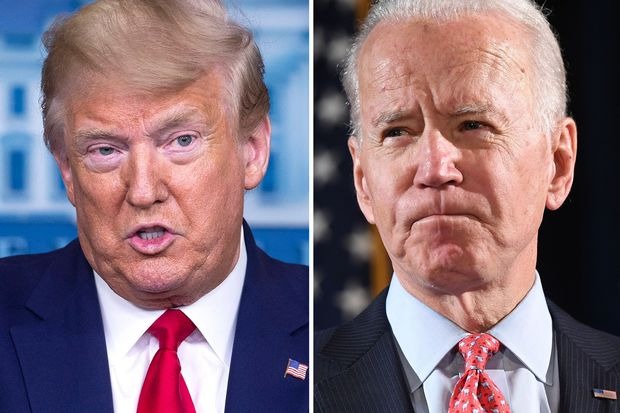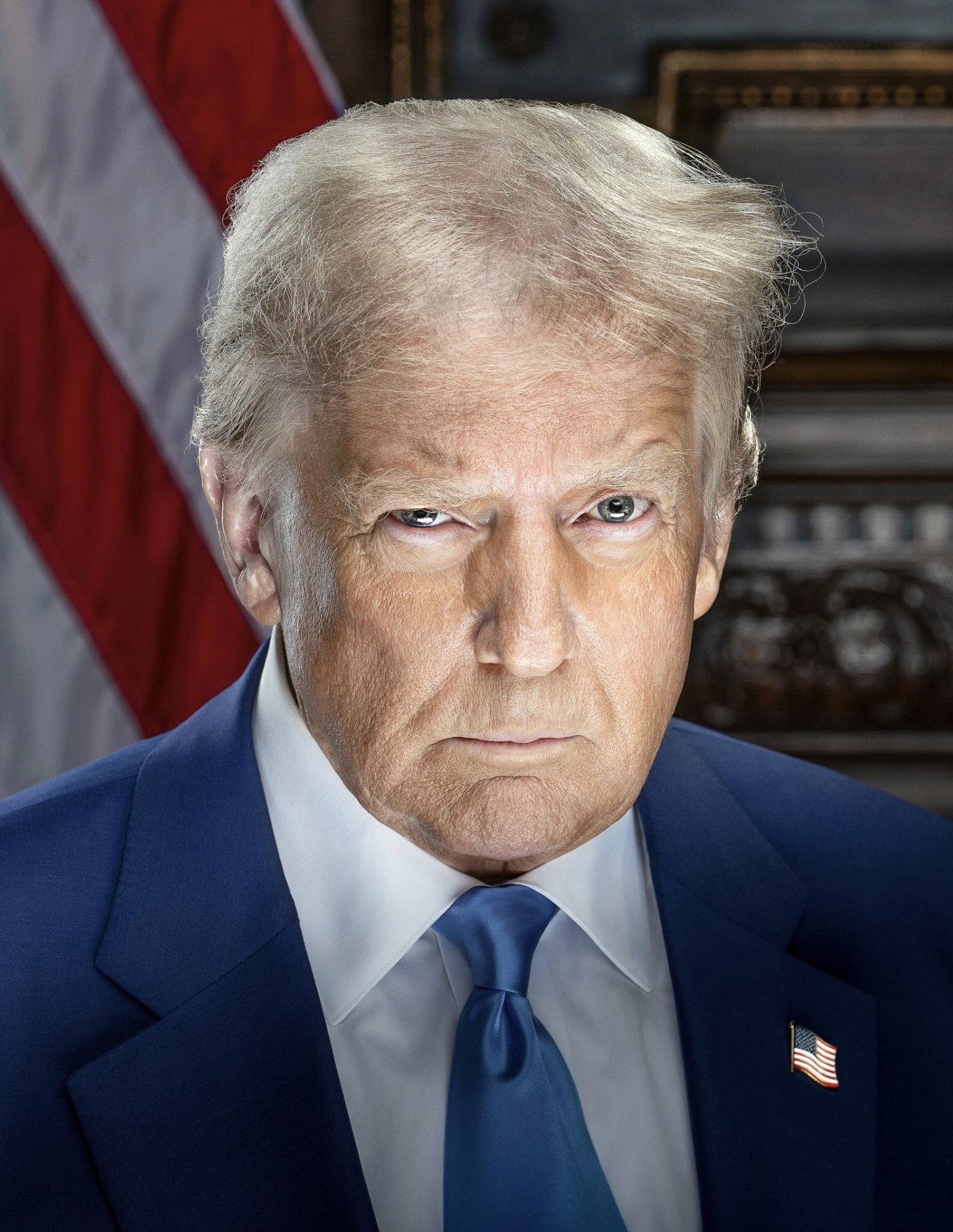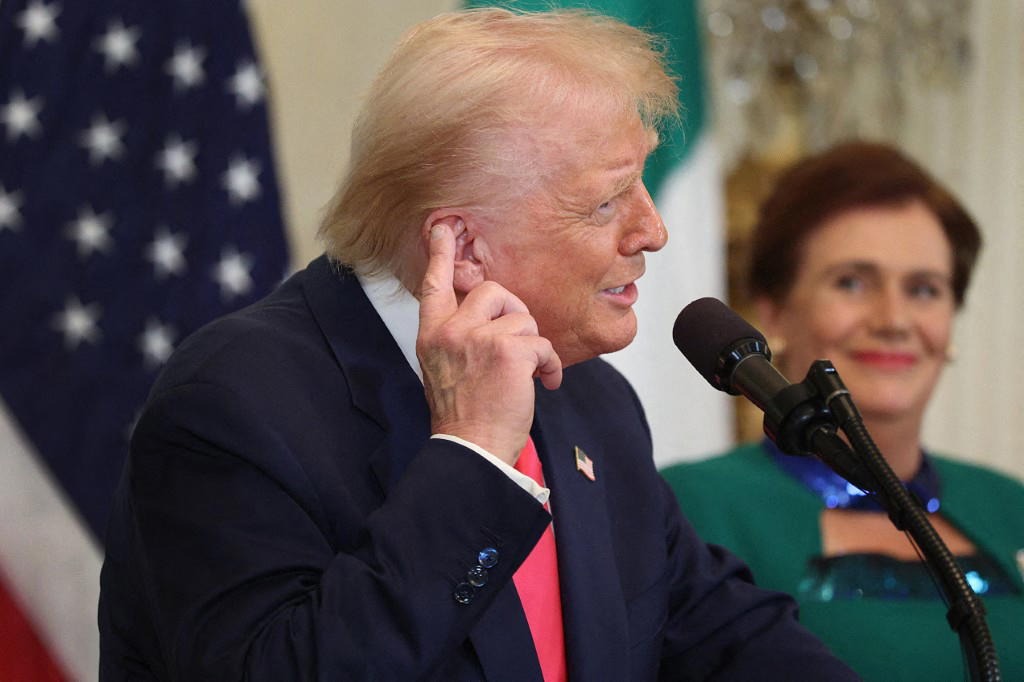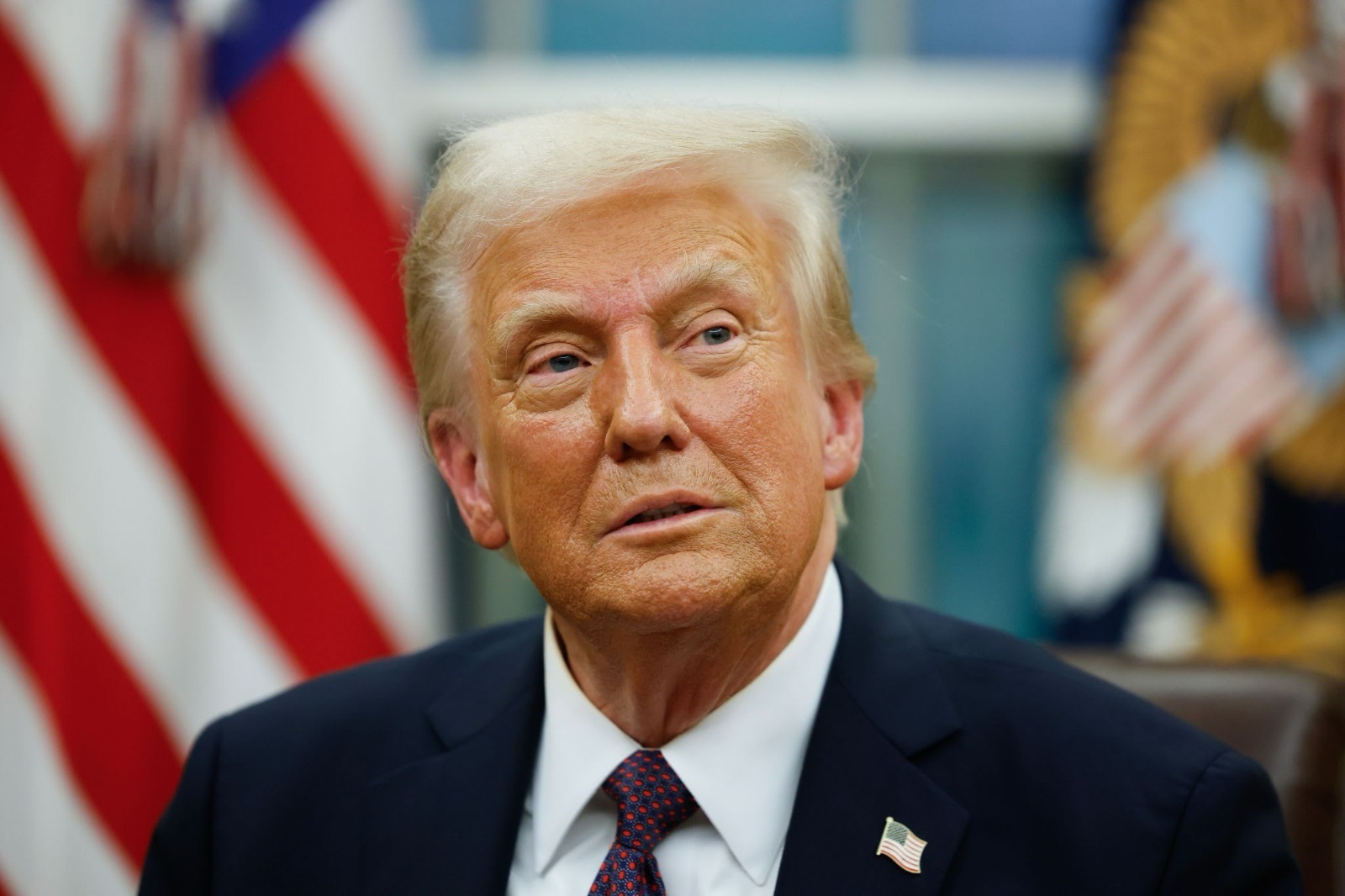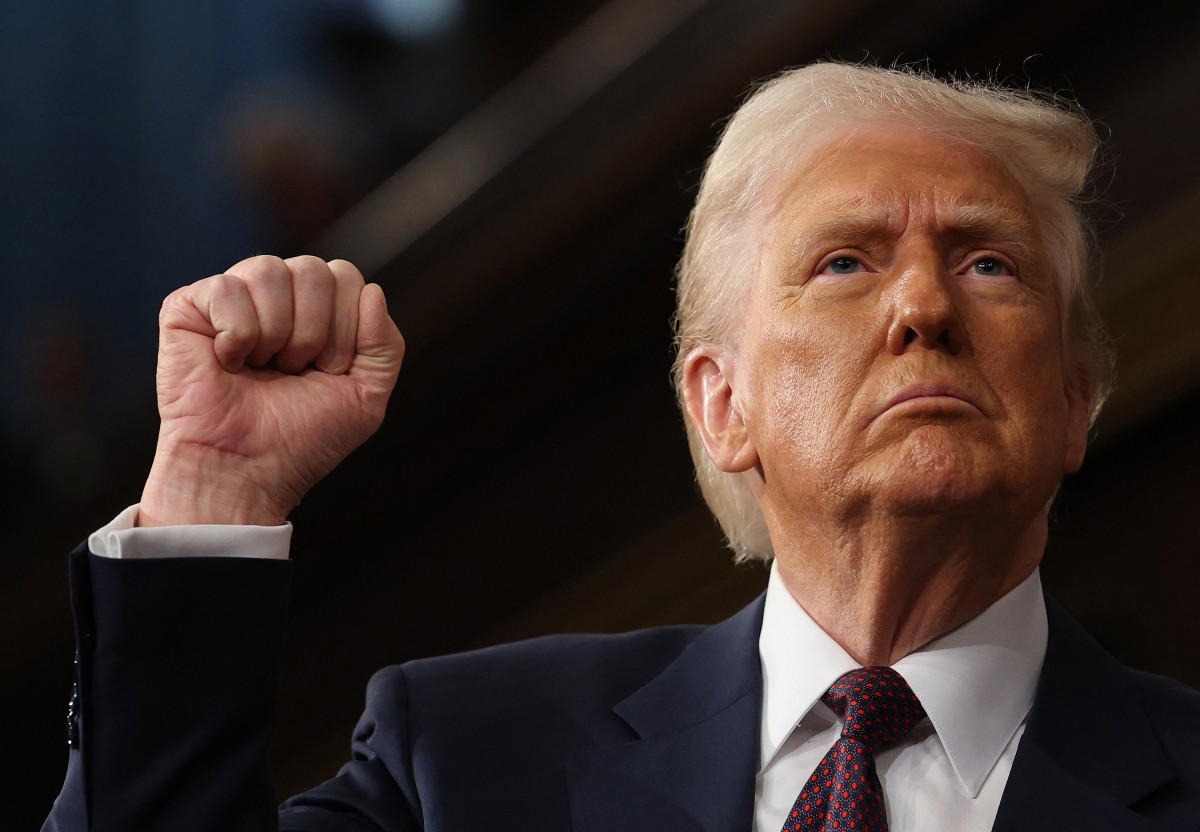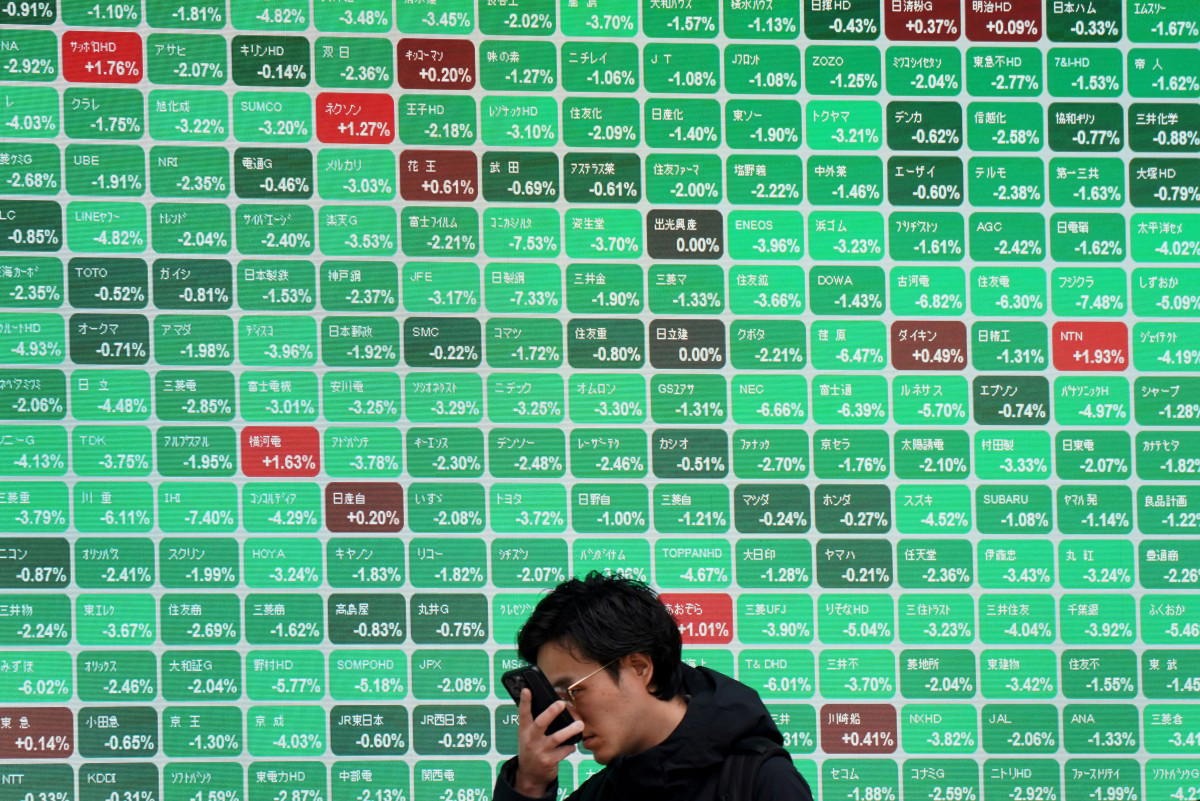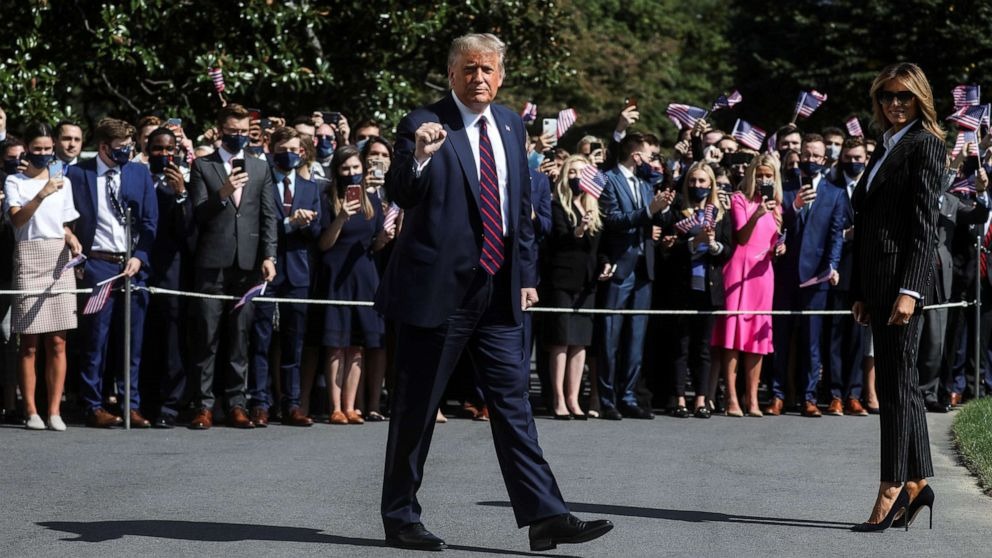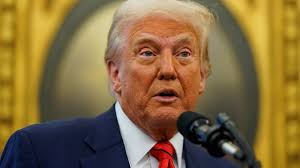US President Donald Trump made good Friday on a threat to revoke the security clearances of his predecessor Joe Biden and several senior former White House and national security officials. The list of names stripped of their authorization to see state secrets included Biden, his family members, and former vice-president and Trump presidential rival Kamala …
